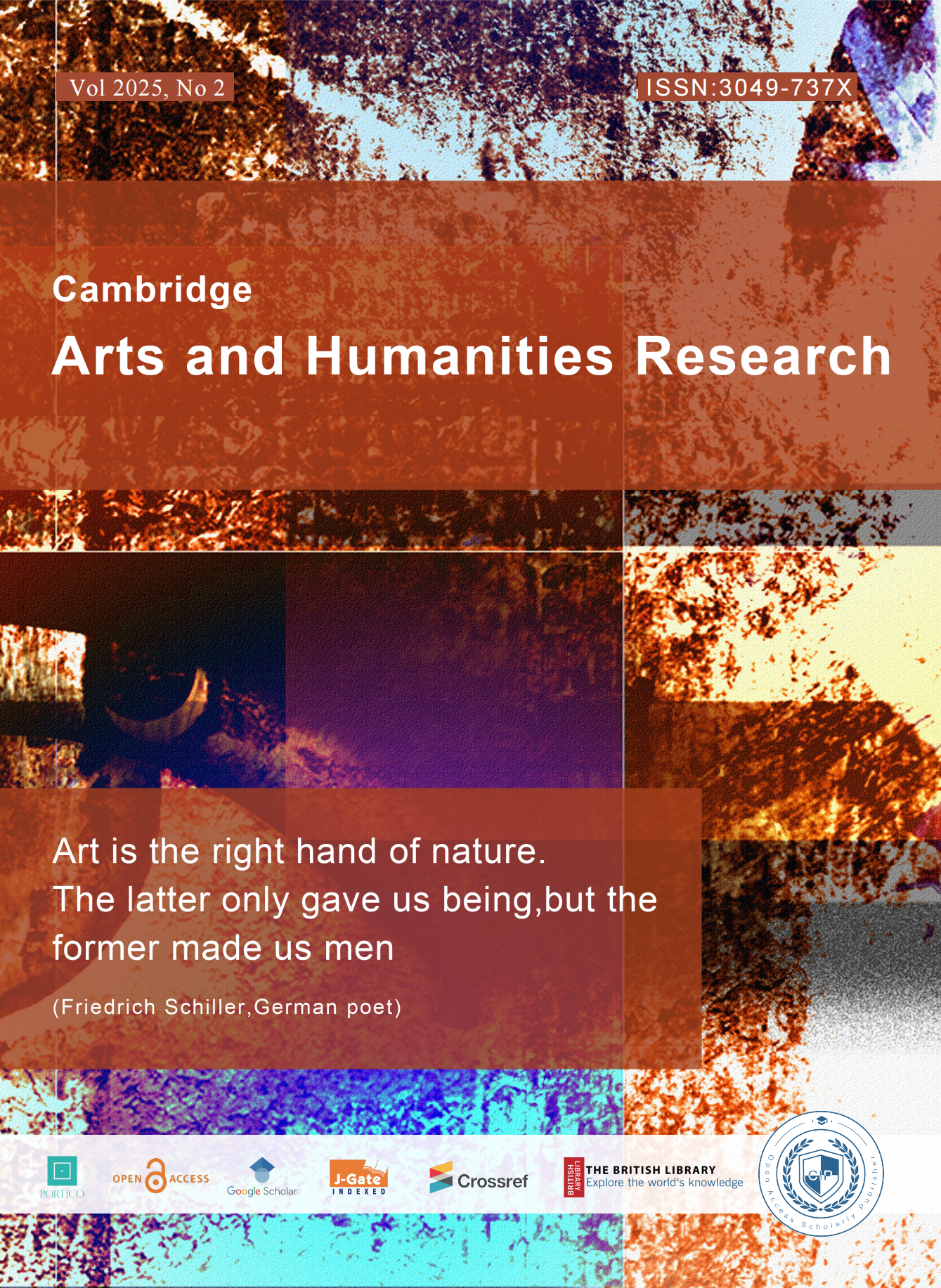Published 18-03-2025
Keywords
- Pop Art,
- Post-Pop Art,
- Pop Landscape,
- Color,
- Mass Culture
Copyright (c) 2025 Cambridge Arts and Humanities Research

This work is licensed under a Creative Commons Attribution-NonCommercial 4.0 International License.
Abstract
Pop Art, which emerged in the 1950s, has had a subtle yet profound impact on landscape design. By the 1990s, a distinct Pop Landscape style began to appear. Over time, many believed that Pop Landscape was gradually fading away. However, evidence suggests that since the beginning of the 21st century, Pop Landscape has been evolving into a more integrated Post Pop era. This paper reviews and introduces the origins of Pop Art, the trends of Pop Landscape, and the characteristics of Post-Pop Landscape. It also explores the direction of landscape development in the Post Pop era through discussions of various controversies surrounding Pop Landscape and analyses of practical case studies. The aim is to draw the attention of landscape designers and the general public to Post-Pop Landscape, encouraging it to continuously bring novelty to people and add a vibrant hue to the landscape industry.
References
- Zhang Jinli, Wang Kun, Wang Chao. Application of Taoist Ecological Ethics and Health Theories in Therapeutic Landscape Design[J]. Land scape Architecture,2010,26(13):284-288.
- Pan Haibo. On the Design of Convalescent Garden Landscapes[J]. China New Technology and Products,2008.10:193-194.
- Liu Xiaolei. Research on the Landscape Design of Convalescent Spaces—A Case Study of Nanjing[D]. Nanjing: Master’s Thesis, Nanjing Forestry University,2012:40-41.
- Wan Ziyuan. Research on the Landscape Design of Convalescent Spaces[D]. Qing dao: Master’s Thesis, Qingdao University of Technology,2012:20-25.
- Cui Xiaoyan. Research on the Planning and Design of Therapeutic Landscapes[D]. Shaanxi: Master’s Thesis, Northwest A&F University,2014.
- Ma Xuemei, Li Huan. Approaches to Creating Unique External Space Landscapes for Sanatoriums in Northeast China[J]. Journal of Shenyang Jianzhu University (Social Science Edition),2014,16(4):335-339.
- Zou Yucen. Research on the Plant Landscape Design of Therapeutic Gardens[D]. Chongqing: Master’s Thesis, Chongqing University,2014:57-58.
- Cao Lindi. Chinese Garden Culture[M]. Beijing: China Architecture &Building Press,2005:202-210.
- Xing Zhen jie, Kang Yong xiang, Li Ming da. Research on the Physiological and Psychological Effects of Garden Plant Forms on Humans[J]. Journal of Northwest Forestry University,2015,30(2):283-286.
- Ying Jun. Research on the Impact of Urban Green Spaces on Human Health and Well-being[D]. Nanjing: Nanjing Forestry University,2007:20.

